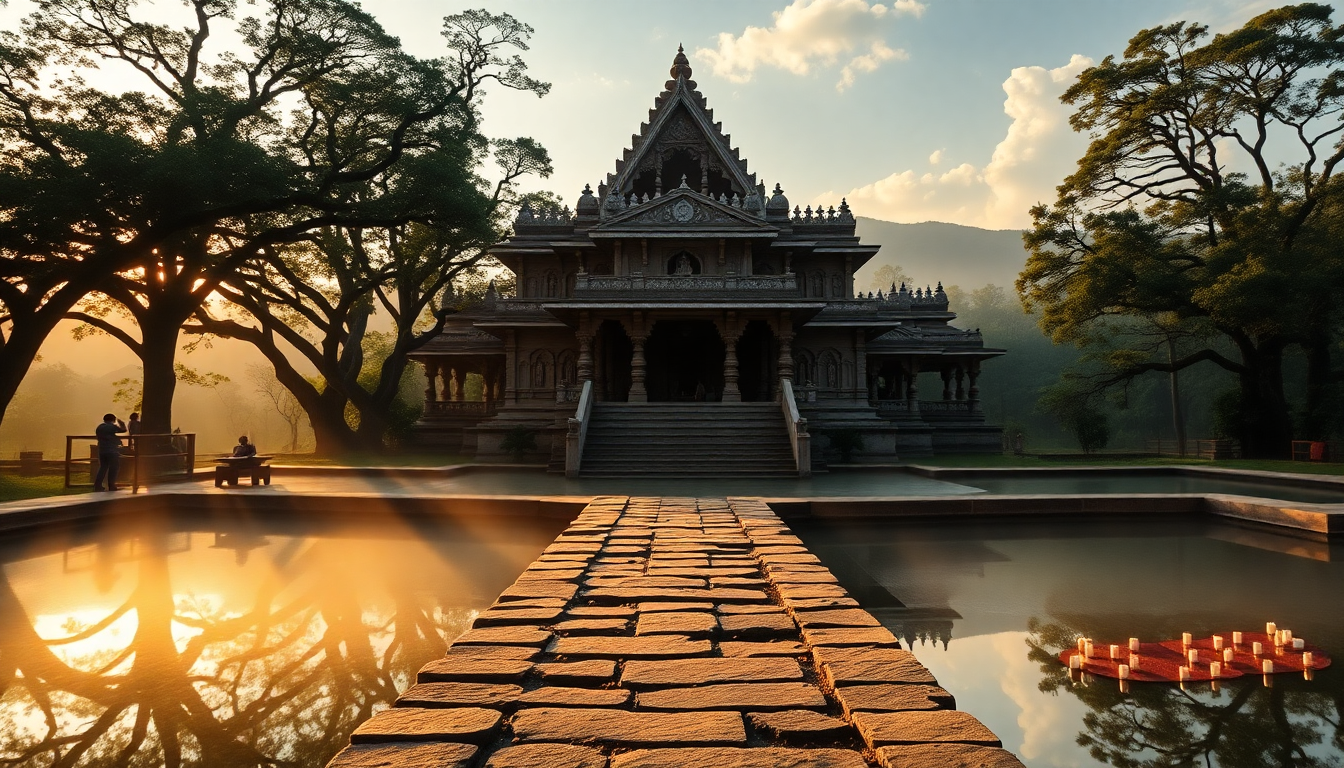Table of Contents
The Dharmasthala temple, a revered pilgrimage site in India, has recently become the center of a tragic mass murder case that has sent shockwaves through the region. This incident raises important questions about the intersection of faith, community, and the legal system in India. As more details emerge, it’s essential to grasp the context and implications of this case—not just for local residents but for the broader community as well.
The Incident: What Happened at Dharmasthala?
In recent weeks, the Dharmasthala temple has been linked to a horrific event that resulted in multiple fatalities. Known for its serene atmosphere and spiritual significance, the temple became the backdrop for a shocking incident that has left many in disbelief. Reports suggest that tensions within the community may have escalated, culminating in violence that has caught the attention of law enforcement and media alike.
This temple, a hub for thousands of pilgrims each year, is now under scrutiny. Local authorities are investigating the circumstances surrounding the incident, striving to piece together what led to such a devastating outcome. Witnesses have reported a series of confrontations in the days leading up to the tragedy, indicating a build-up of underlying issues that may have finally reached a boiling point. How could a place synonymous with peace become a scene of such violence?
The Broader Implications of the Case
The events at Dharmasthala represent more than just a local tragedy; they highlight wider societal issues that can arise in communities steeped in tradition and belief. The temple has long been a symbol of peace and harmony, making the violence all the more shocking. Analysts are now delving into the factors that could have contributed to this disruption, such as socio-economic challenges, political tensions, and inter-community dynamics. What does this mean for the future of community relations?
Moreover, this case could have significant legal implications affecting how similar incidents are addressed in the future. As the investigation unfolds, legal experts are keeping a close eye on the situation, eager to see how the law will tackle the complexities involved—especially concerning religious sites and community safety. The outcome of this case might set new precedents for how law enforcement interacts with religious institutions. Could this reshape the legal landscape for communities across India?
Community Reactions and Support
In the aftermath of this tragedy, community reactions have been varied. Many residents are in shock, struggling to reconcile their understanding of the temple as a sacred space with the violence that unfolded. Support groups and local leaders are stepping up to provide assistance and counseling to those affected, showcasing the community’s resilience in the face of adversity. How can we come together to heal from such a devastating event?
Religious leaders from various faiths are also calling for peace and understanding, urging their followers to unite rather than be divided by the violence. The temple administration has made statements reaffirming their commitment to safeguarding all visitors and addressing the issues that led to this unfortunate incident. What steps can be taken to restore trust within the community?
Conclusion: Moving Forward
As the investigation into the mass murder case at Dharmasthala temple continues, it’s essential for the community—and the country—to reflect on the lessons learned from this tragedy. Understanding the root causes and addressing underlying issues will be critical in preventing similar incidents in the future. The temple, which has long stood as a beacon of faith and hope, now faces the complex task of healing and rebuilding trust among its followers. How can this community rise from the ashes of such a devastating event?


